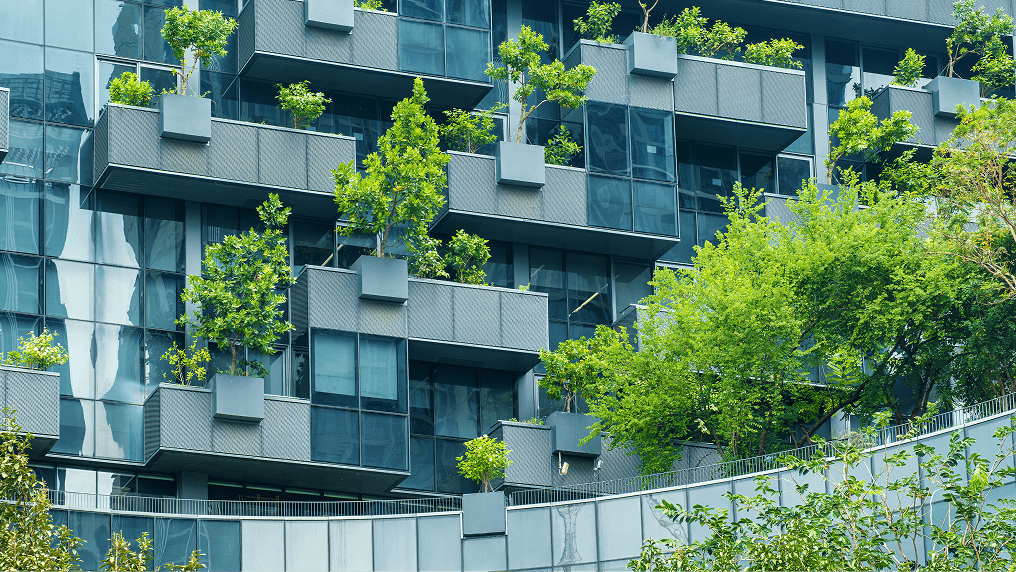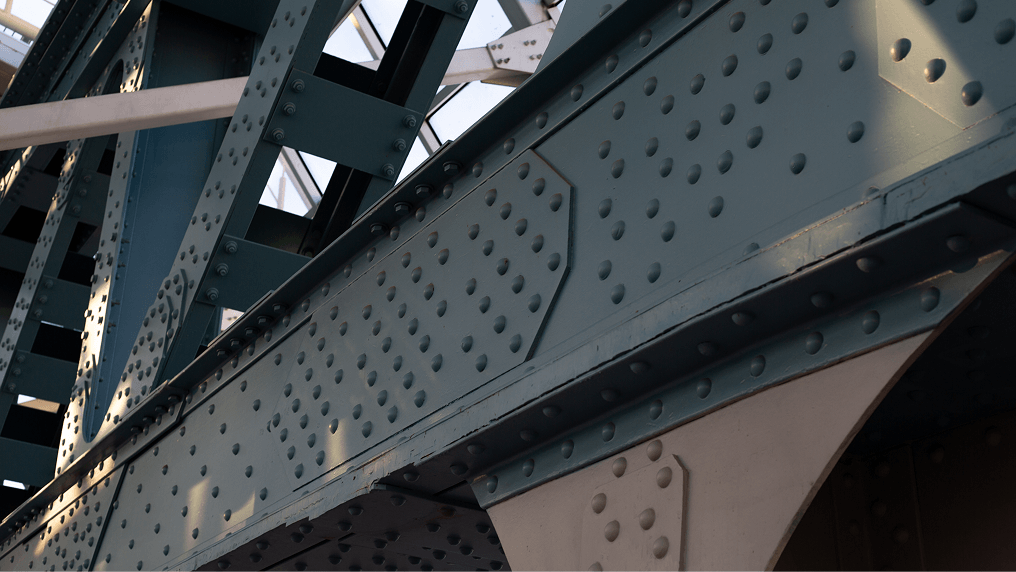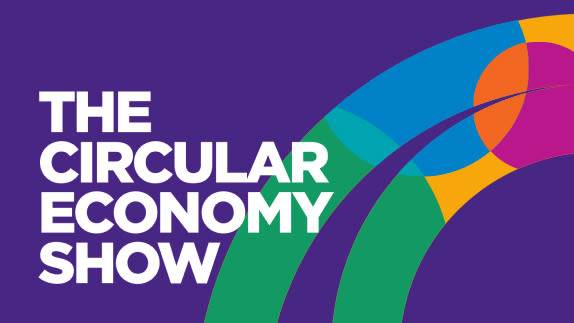Streamed on 3rd November 2020
We need alternative ways of economic thinking to solve our current challenges. Is it possible to include both people’s wellbeing and planetary boundaries whilst striving for a thriving economy? Kate Raworth, the author of Doughnut Economics: 7 ways to think like a 21st-century economist will be joining us to discuss the framework's role in shaping circular economycircular economyA systems solution framework that tackles global challenges like climate change, biodiversity loss, waste, and pollution. It is based on three principles, driven by design: eliminate waste and pollution, circulate products and materials (at their highest value), and regenerate nature. policies and business practices at city level. From Europe to Costa Rica, countries and cities around the world are reaching out to align their development strategies with it. To demonstrate, we will draw upon insights from Amsterdam, a city that recently implemented and published their Doughnut City Portrait during the Covid-19 pandemic.






